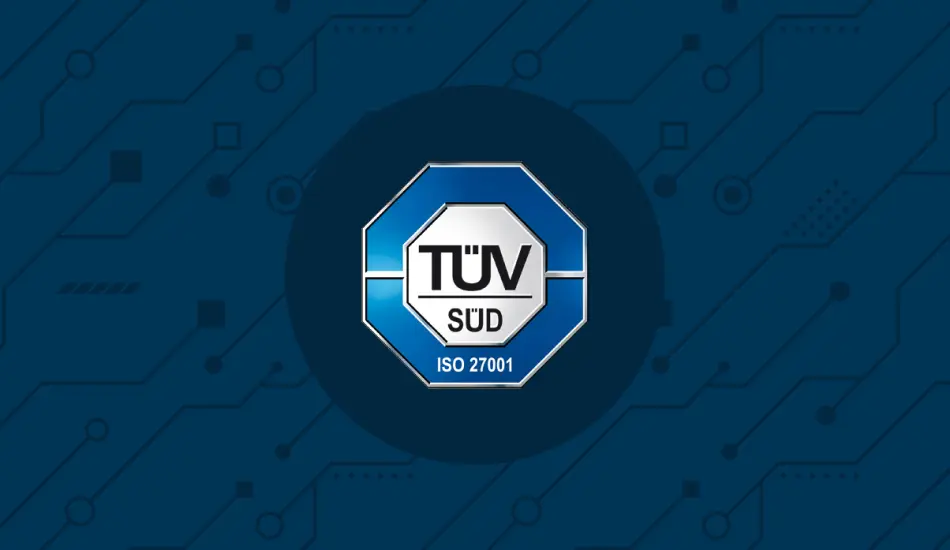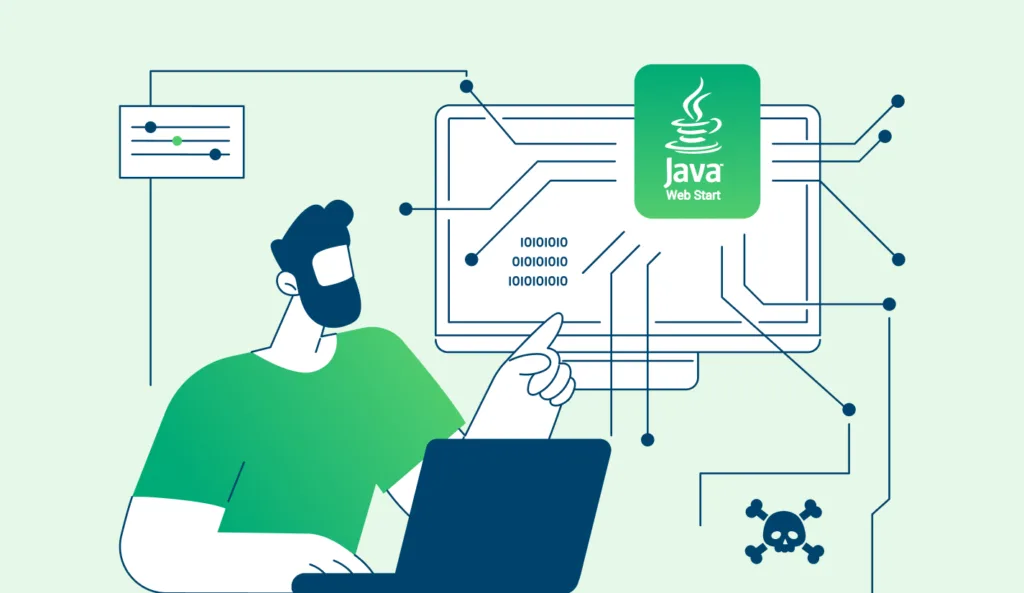Guide to Application Security Testing
A brief guide to understanding what Application Security Testing is and the tools used to identify and prevent threats at all stages of software application development, from design to execution.
What is Application Security Testing?
Application Security Testing (AST) includes various methodologies and techniques to test and enhance the quality and security of software applications, preventing, identifying, and addressing weaknesses and vulnerabilities throughout all phases of software development.
Application Security Testing Tools
AST tools encompass a range of techniques and approaches, from automated scanning tools to runtime monitoring, to ensure that applications are developed and maintained at an adequate security level.
Each category of tools focuses on a different stage of software development, from design to production environments. The tools used in production environments include:
- SAST (Static Application Security Testing)
- DAST (Dynamic Application Security Testing)
- IAST (Interactive Application Security Testing)
- SCA (Software Composition Analysis)
Securing a Software Application in the Production Phase
Let’s analyze the tools used to implement security during the production phase.
Static Application Security Testing (SAST)
SAST is a set of technologies designed to analyze an application’s source code to detect patterns indicative of security vulnerabilities. SAST solutions analyze an application in a non-execution state.
Dynamic Application Security Testing (DAST)
DAST technologies analyze applications in execution to identify security vulnerabilities. Unlike SAST tools, DAST interacts with the running application, simulating external attacks to detect weaknesses such as SQL injections, XSS, and other vulnerabilities that malicious actors could exploit. DAST is considered a Vulnerability Assessment system.
Interactive Application Security Testing (IAST)
IAST is an application security testing tool designed for web and mobile applications. It detects and reports issues while the application is running and was developed to overcome some limitations of SAST and DAST. Like DAST, testing occurs in real-time while the application is running in a QA or test environment, but unlike DAST, it can pinpoint the problematic line of code and notify the developer for immediate correction. Like SAST, IAST also examines the code itself, but it does so post-build in a dynamic environment through code instrumentation.
Software Composition Analysis (SCA)
SCA tools identify, monitor, and manage open-source libraries and components within a software project. Software composition analysis tools perform automated scans of an application’s codebase to identify all open-source components, their license compliance data, and any security vulnerabilities.
Securing a Software Application in the Execution Phase
Other protection and testing tools come into play later. These tools are designed to protect against malicious actors while an application is running in a production environment, reacting in real-time to defend against attacks. Examples include Web Application Firewalls (WAF), bot management tools, and RASP (Runtime Application Self-Protection). Among these is Penetration Testing.
Penetration Test
Penetration Testing (PT), conducted by cybersecurity experts, simulates techniques and strategies that a hacker might use to compromise an application, including attempts to exploit known or newly discovered vulnerabilities during the test, such as SQL injection, cross-site scripting (XSS), or brute-force attacks on authentication mechanisms. The goal of PT is to assess how resilient an application is to such attacks and identify any security flaws so they can be addressed before being exploited.
Unlike DAST, a Penetration Test has a broader scope, testing the entire system infrastructure and providing a deeper level of analysis.
Security Scanning Tools Runtime Protection Tools SAST – Static Application Security Testing WAF – Web Application Firewall DAST – Dynamic Application Security Testing Bot Management IAST – Interactive Application Security Testing RASP – Runtime Security Self-Protection SCA – Software Composition Analysis PT – Penetration Test
Conclusion
Each of these software application security testing technologies has its own set of characteristics, functions, advantages, and limitations.
Betrusted helps development, DevOps, and cybersecurity teams choose and implement the most suitable tools for their application security strategy.
Discover how we can help you
Together, we’ll find the best solutions to tackle the challenges your business faces every day.



